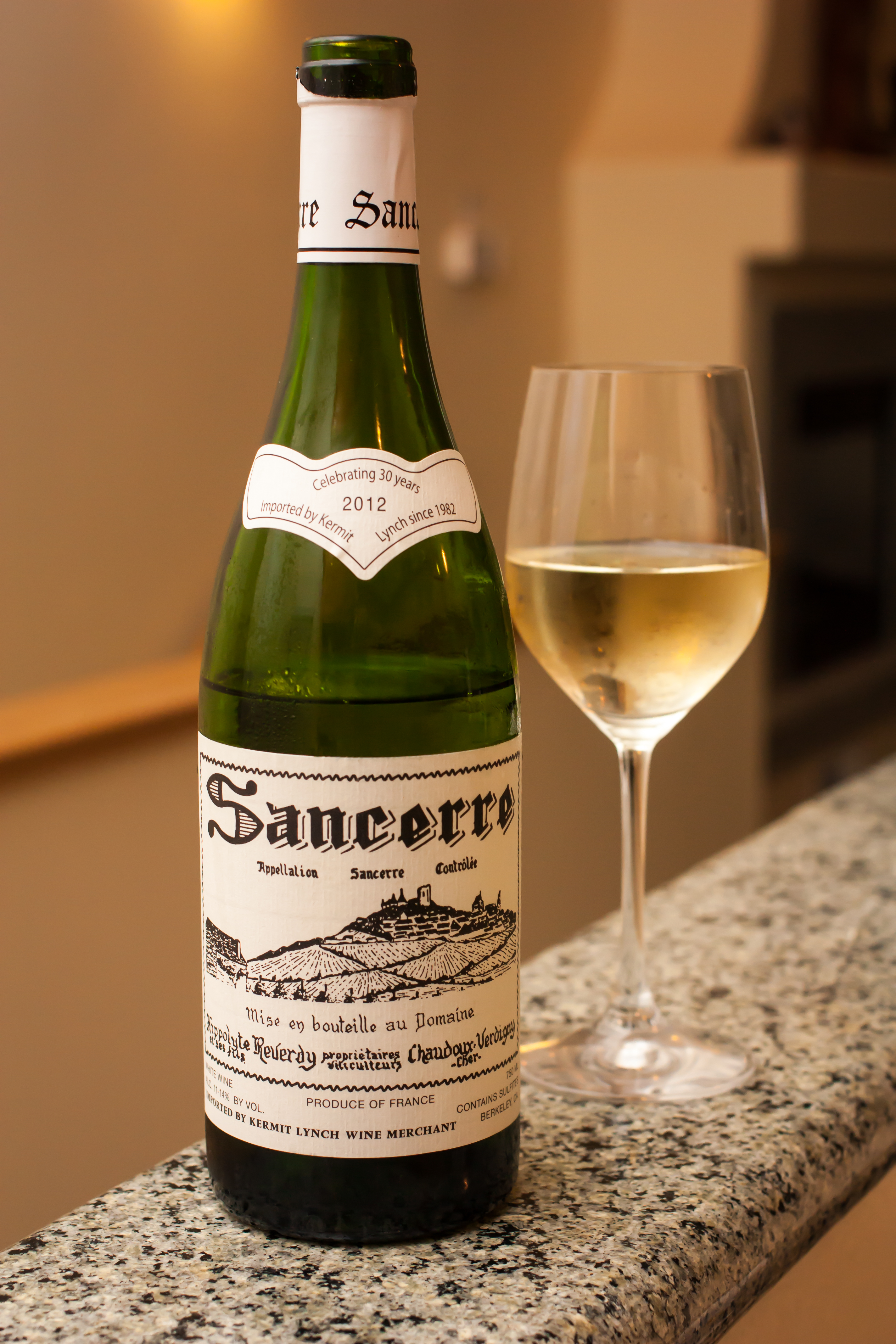 |
| Image from their website: Allison and Bob, founders of Vermont Creamery. |
With over 100 awards received, Vermont Creamery in Webstervill, Vermont has made its mark both nationally and internationally. Though Allison Hooper and Bob Reese started small, their business has grown to a recognizable force in the cheese-making world without losing its dedication to promoting quality and sustainability. Allison and Bob's success story all started with some delicious goat cheese, but today the company produces butter, aged and fresh cheeses produced from both cow and goat's milk, and creme fraiche. With a team of dedicated individuals, Vermont Creamery continues to amaze cheese lovers around the globe.
Many times I had seen Bonne Bouche sitting in the cheese case at Whole Foods Market. It's a cheese I knew I wanted to try, but it can be on the intimidating side. This interesting little pasteurized goat's milk product looks like a small creature from another planet: wrinkled, pale, slightly fuzzy and speckled with ash. Though geotrichum-rinded cheeses can sometimes look a little funky, they usually offer some rich flavors. Some cheeses inoculated with the geotrichum fungus include: Camembert, Saint-Marcellin, Saint-Nectaire, Reblochon and many French goat cheeses.
 |
| It's not alive, but it looks like a small alien. |
Bonne Bouche is lightly sprinkled with ash. Today's ash is often not real ash but a mixture of powdered charcoal and salt. Whichever is used, the real ash or the charcoal mixture, the light coating is designed to protect the surface of the cheese, add color to wash and bloomy rinds and encourage the growth of the lovely bacteria that gives cheese a richer, more robust taste. It's true that as Bonne Bouche ages, the flavors become more pronounced and pungent. The surface also looks less tame the longer it's left unattended.
At the suggestion of someone who claimed Bonne Bouche is her favorite cheese, I took the plunge and bought one of the small wheels that sits inside a miniature wooden crate.
Wow this cheese is salty. People talk about the similarities between Bonne Bouche and French cheeses made in the Loire Valley, but I don't think I have ever encountered such a salty-tasting French cheese. I don't want to deter people from trying this wild creation, but be prepared for a salt explosion that becomes oddly addicting after several tires. Once you get past the quick burst of sodium chloride, some intriguing flavors emerge.
The texture of this odd little dairy product is remarkable. The cheese just oozes out of its rind in pure liquid pleasure. Here's where you want to close your eyes, feel the velvety interior coat your tongue and experience the full complexity of the Bonne Bouche, which translates to "good bite" or "good mouthful" but really means anything that tastes really wonderful. The rich, gooey insides of this cheese certainly do. You will notice mushroomy, earthy notes and a slight piquant bite, just enough to make your taste buds pay attention. With age, the more sour, pungent flavors come out of hiding, but it's actually a mild cheese overall with just enough of a tang to remind you that it is a goat cheese.
 |
| Look at the beautiful white interior as it escapes the confines of the rind. |
People often suggest pairing this cheese with honey or something sweet, but I found it too salty for that. I prefer it with a crisp green apple or with slices of avocado on rye crackers. As far as wine, try serving Bonne Bouche with a Sauvignon Blanc, Sancerre or a nice rose.
 |
| Sancerre pairs well with Bonne Bouche. |









